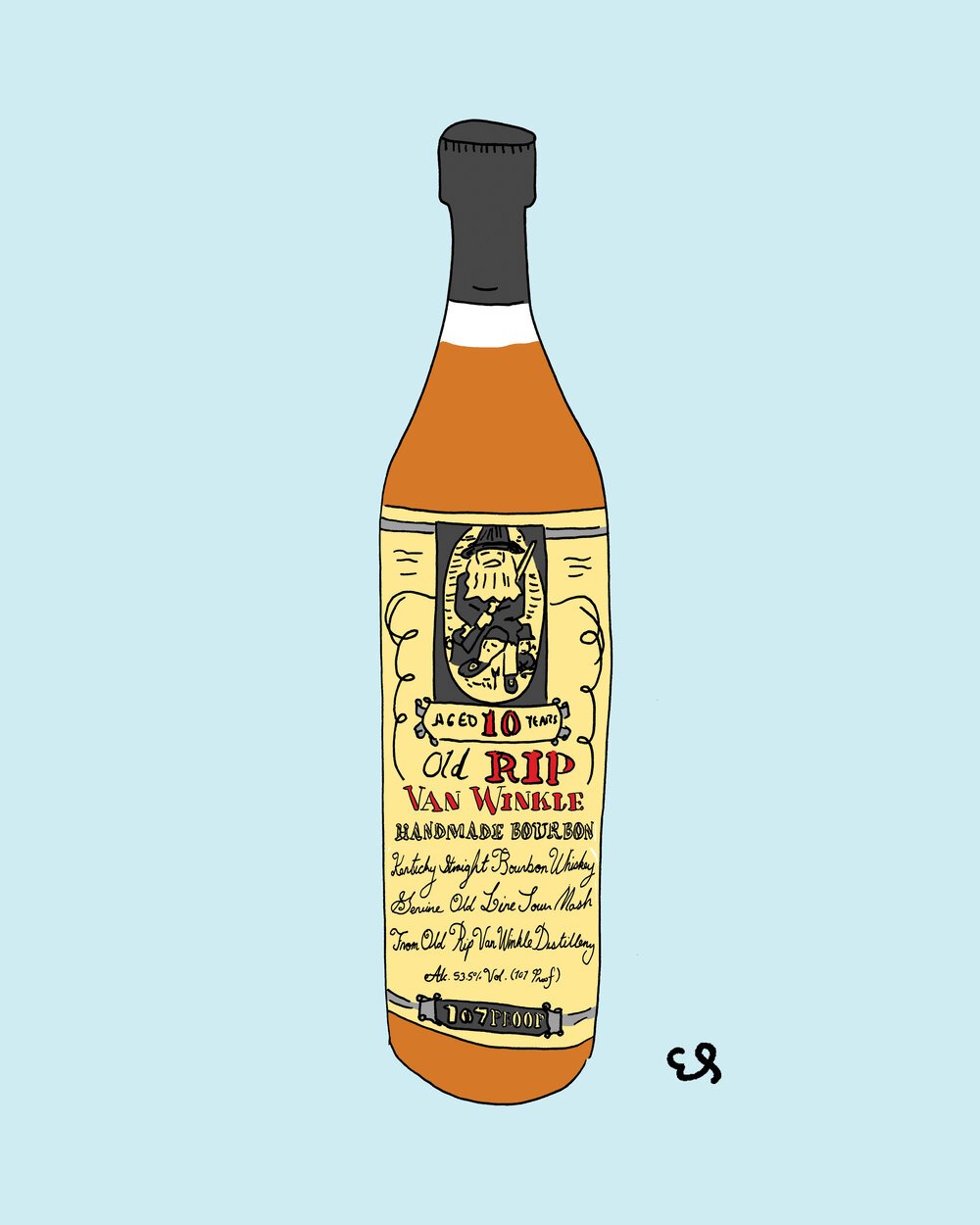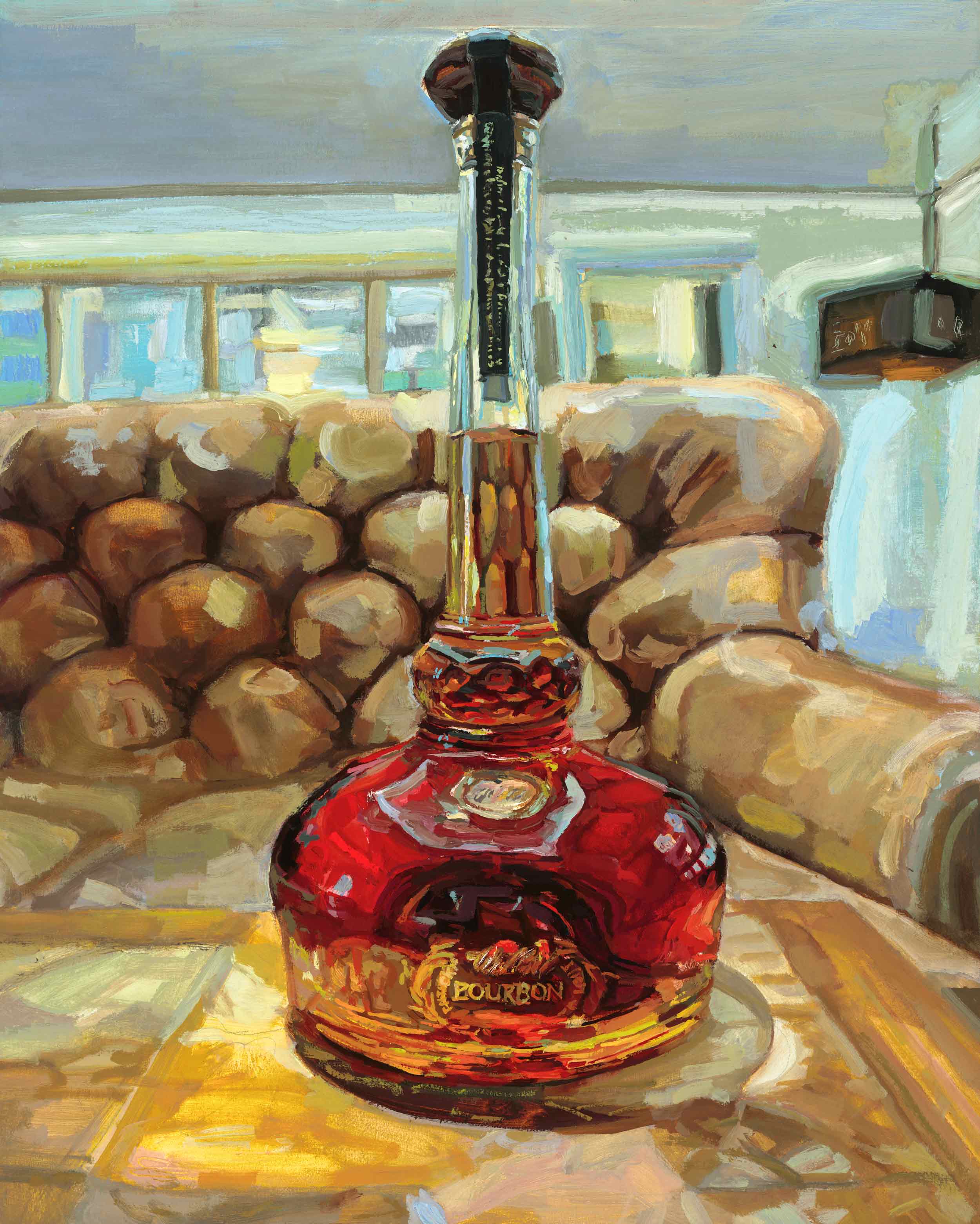Limited Edition Bourbon Art: Why Collectors Are Gathering to Distinct Finds
Limited Edition Bourbon Art: Why Collectors Are Gathering to Distinct Finds
Blog Article
The Significance of Whiskey Art in Celebrating Heritage and Craftsmanship in the Beverage Industry
The intricate connection between bourbon art and the event of heritage and craftsmanship within the drink market can not be overstated. Via thoughtfully developed tags and containers, scotch brands encapsulate their historical origins and the artisanal abilities that specify their manufacturing techniques. This creative measurement not only improves market allure but also functions as a conduit for social narration, cultivating a much deeper connection between the craft and the customer. As we discover the various facets of this subject, interesting inquiries about the influence of modern fads on traditional techniques occur, prompting further examination.
The Historical Roots of Whiskey
At the heart of whiskey's appeal exists an abundant tapestry of historical roots that trace back to old people. The origins of scotch can be linked to the distillation practices of the Sumerians and Babylonians around 2000 BCE, where early types of fermented grain beverages started to emerge. Nonetheless, it was in the Middle Ages that the art of purification evolved considerably, specifically in Ireland and Scotland, bring about the production of scotch as we understand it today.
The term "scotch" itself stems from the Gaelic word "uisce beatha," suggesting "water of life." This expression highlights the social importance of scotch in Celtic societies, where it was commonly associated with rituals, parties, and communal bonding. By the 15th century, distillation became a recognized craft within monastic neighborhoods, paving the way for the facility of lawful distilleries.
As trade routes expanded, scotch's popularity grew, going beyond regional limits and capturing the rate of interest of aficionados worldwide. Limited Edition. This historical trip shows not only the workmanship behind whiskey production but additionally its essential function in cultural and social contexts, marking it as a substantial drink throughout history
Artistic Expression in Branding
Scotch branding stands as an engaging crossway of artistry and commerce, where aesthetic identification plays a critical duty fit consumer understanding. The looks of scotch labels, packaging, and advertising and marketing materials mirror not only the brand's tale but likewise its core values and heritage. Through imaginative expression, distilleries share a narrative that resonates with customers, evoking feelings and sparking links.
Using shade, typography, and imagery in branding offers to distinguish products in a saturated market. For instance, standard concepts might evoke a sense of credibility and craftsmanship, while modern layouts can represent innovation and forward-thinking. This calculated creative instructions boosts brand acknowledgment and commitment, allowing consumers to build a personal relationship with the scotch they pick.
Moreover, creative expression in branding commonly offers as an event of regional heritage. Distilleries often integrate neighborhood icons or historical recommendations into their designs, developing a sense of place that welcomes consumers to take part in a broader cultural experience. Ultimately, the virtuosity behind whiskey branding not only boosts visual allure however additionally improves the overall story of the brand, fostering a much deeper gratitude for the craftsmanship and heritage embedded in each container.
Craftsmanship in Container Style
The virtuosity noticeable in scotch branding extends beyond aesthetic identification to encompass the workmanship included in bottle style. Each container serves as a vessel not simply for the spirit within, yet also for the tale it tells concerning its quality, tradition, and origin. The design process needs meticulous interest to detail, as aspects such as closure, shape, and material contribute considerably to the general understanding of the whiskey.
Workmanship in bottle layout entails picking high-grade glass that can boost the scotch's shade and clarity, while also supplying a tactile experience for the consumer. The silhouette of the container need to be both visually attractive and useful, often showing the heritage of the brand. Lots of distilleries moved here select unique forms or embossed logos that stimulate a feeling of authenticity and background.
Additionally, the tag style and typography play an essential function in interacting the brand name's narrative. Whiskey Art. A well-crafted container not just mesmerizes the consumer's eye but also enhances the brand's commitment to quality and practice. This way, the workmanship of container design becomes an important facet of the whiskey experience, merging artistry with a profound regard for heritage
Cultural Value of Bourbon Art
Celebrating tradition and craftsmanship, the social importance of whiskey art goes beyond simple appearances, intertwining Check This Out with the historic and social narratives of the areas from which it comes from. Each bottle functions as a canvas, illustrating the distinct tales, mythology, and traditions that have formed neighborhood whiskey-making techniques. The elaborate styles typically show the heritage of the distillers, integrating icons and concepts that reverberate with the society and values of their areas.

In addition, scotch art plays an important duty in common celebrations and events, acting as a substantial web link between people and their shared experiences. By appreciating the creativity in whiskey product packaging, consumers cultivate a deeper understanding and respect for the craft, inevitably enriching their satisfaction of the beverage itself.
Modern Trends in Bourbon Discussion
In recent times, the discussion of scotch has actually developed to mirror contemporary tastes check my source and fads while still recognizing standard workmanship - Limited Edition. Distilleries are progressively concentrating on aesthetic components that boost the total alcohol consumption experience, bridging the space in between heritage and modernity
Innovative bottle designs have emerged, usually integrating sustainable products and imaginative tags that inform engaging tales. Numerous brands now work together with local musicians, infusing their products with unique aesthetic expressions that resonate with customers. In addition, limited-edition launches are usually packaged in collectible containers, adding worth and appeal for aficionados.

Final Thought
Finally, whiskey art works as a vital avenue for sharing the heritage and workmanship integral in the drink market. With elaborate branding, ingenious container designs, and culturally substantial artistic aspects, bourbon brands properly honor their practices and attach with consumers. This imaginative story not only raises the gratitude of scotch however additionally strengthens area identity and satisfaction among producers. Inevitably, whiskey art plays a necessary role in preserving and commemorating the rich cultural tapestry of whiskey-making.


Workmanship in container layout entails choosing high-grade glass that can boost the scotch's shade and clearness, while also providing a responsive experience for the consumer. In this means, the craftsmanship of bottle layout ends up being an important facet of the whiskey experience, merging creativity with an extensive regard for heritage.
In conclusion, bourbon art offers as a vital channel for expressing the heritage and workmanship intrinsic in the beverage industry.
Report this page